I have applied cross tabulation with table() to two columns of my dataframe and I get something like this

Now I would like to add here a new column with the row totals but when I try this...
tablaCruzada$Total<-0
Warning message: In tablaCruzada$Total <- 0 : Realizando coercion de LHD a una lista
Any idea, please?
regards